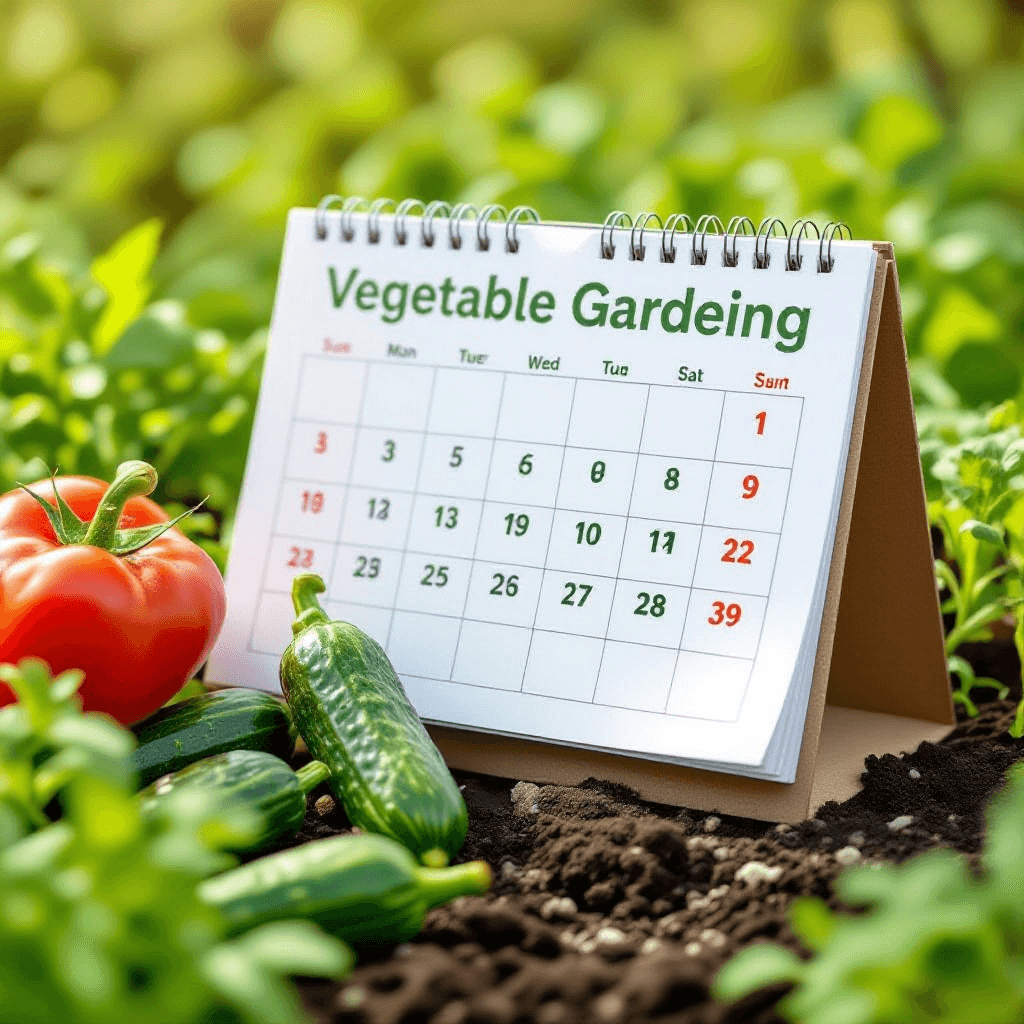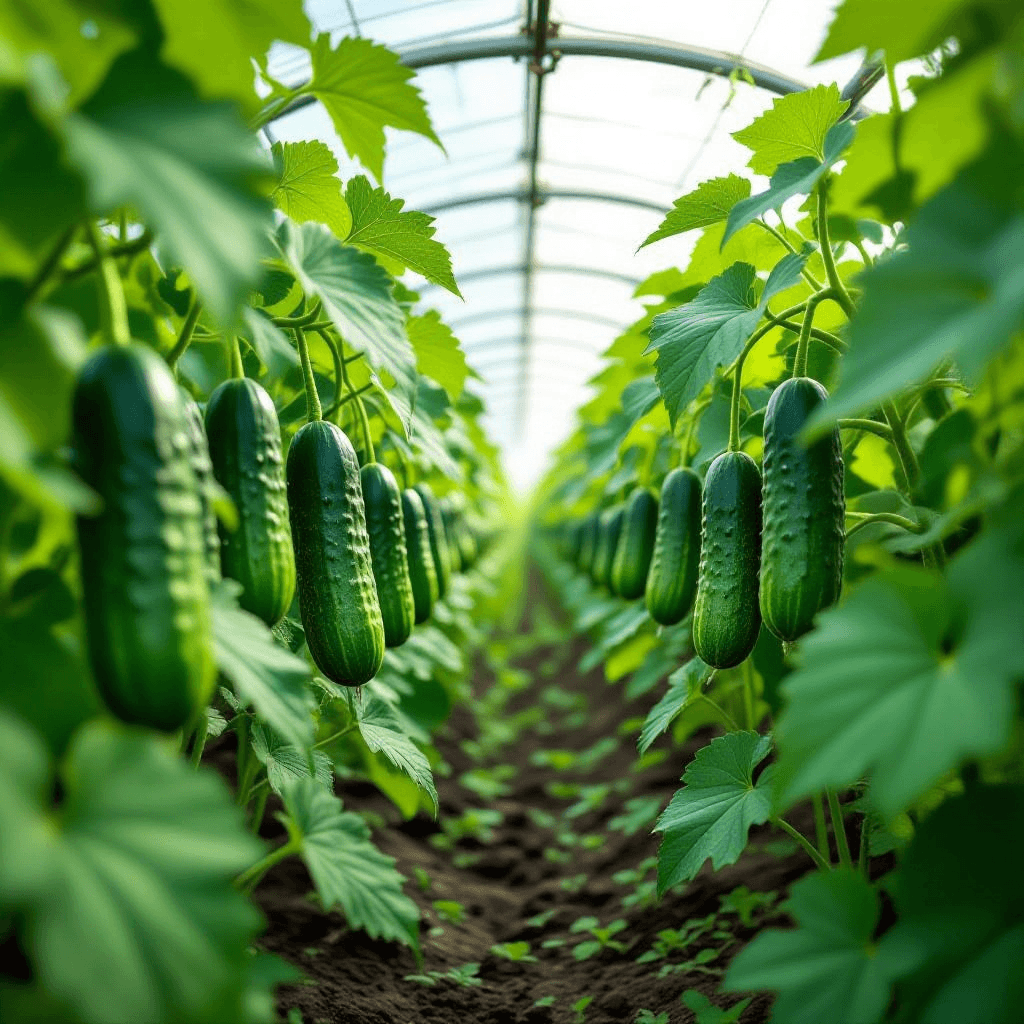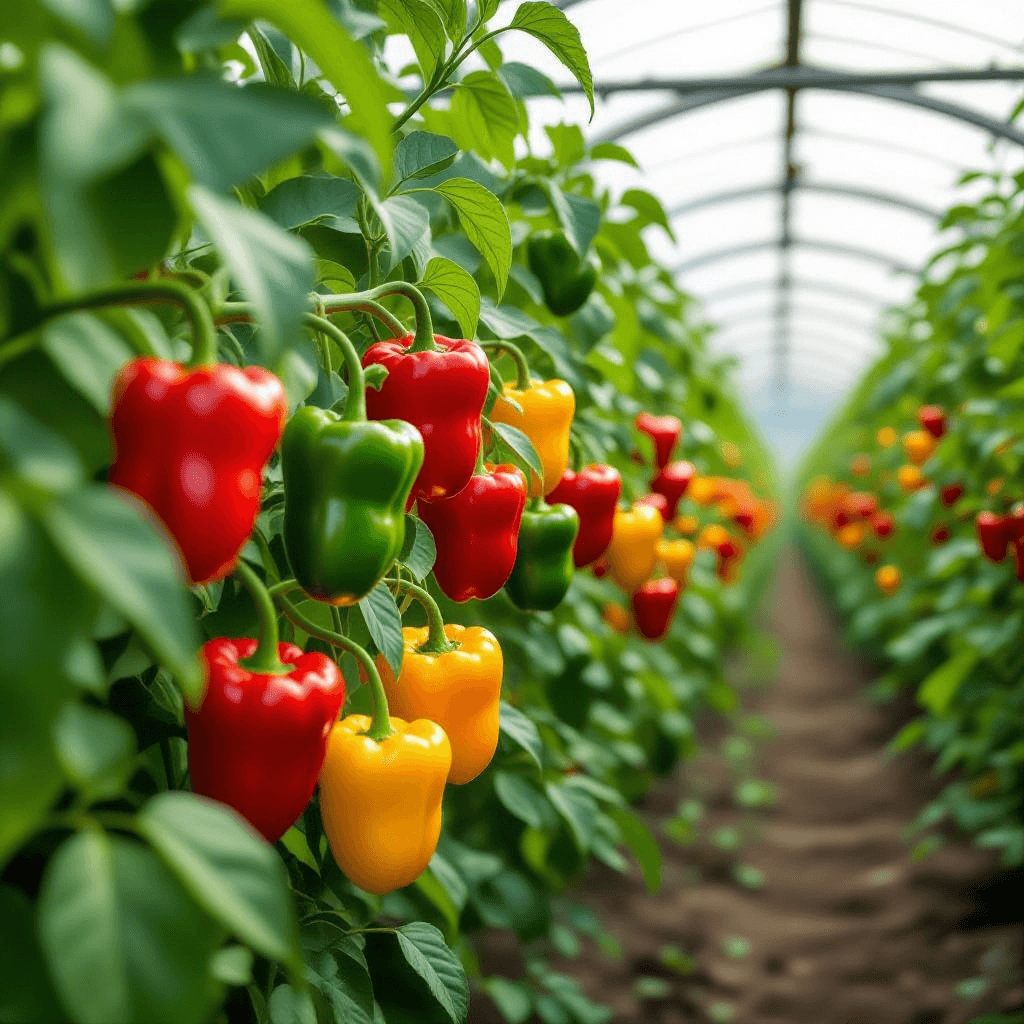January: Planning and Preparation
January marks the beginning of a new gardening year, presenting an essential opportunity for gardeners to engage in thoughtful planning and preparation for their vegetable gardens. This month is crucial for evaluating the previous year’s performance, enabling gardeners to assess what worked well and what could be improved. Understanding past successes and challenges plays a vital role in informing decisions about which vegetables to cultivate in the year ahead.
Crop rotation is an important consideration during this planning phase. By rotating crops, gardeners can prevent soil depletion and reduce the risk of pests and diseases. When selecting which vegetables to grow, it is essential to consider their seasonal suitability as well. Some vegetables thrive in cooler temperatures, making them ideal candidates for early planting. Examples include leeks and early spring onions, which can be initiated indoors as early as late January. Starting these vegetables indoors allows for an earlier harvest and ensures they are well established before transplanting outdoors.
Additionally, gardeners should take this month to formulate a detailed sowing schedule. This plan will serve as a guide throughout the growing season, outlining when seeds should be sown, transplanted, and harvested. It can be helpful to organize this schedule based on individual plant needs, such as days to germination, growth rates, and harvest timelines.
Beyond planning what to grow, January is also an opportune time to prepare gardening tools and equipment. Ensuring that tools are clean, sharpened, and in good working order will facilitate efficient gardening later in the season. Furthermore, ordering seeds during this month is essential to avoid shortages and to secure the best variety. Thus, January serves as a pivotal moment for thoughtful planning and preparation in the rewarding journey of vegetable gardening.
February to April: Sowing Seeds and Early Planting
The months of February through April signify the onset of the growing season in the UK vegetable gardening calendar. During this period, gardeners focus on sowing seeds and preparing for the upcoming planting of vegetables. This time frame typically offers favorable conditions for starting seeds indoors, as well as direct sowing in warmer regions where frost risk begins to diminish.
Among the vegetables ideal for indoor sowing are tomatoes and peppers, which thrive when started early. Using seed trays or pots filled with high-quality seed compost ensures optimal germination. Gardeners must monitor environmental conditions such as temperature and moisture levels, as both are critical for successful seed germination. Most seeds require a consistently warm temperature; therefore, placing them in a heated propagator or on a sunny windowsill can enhance growth rates.
As the risk of frost decreases, gardeners can begin sowing hardier vegetables directly into the garden, such as peas, broad beans, and radishes. These crops are typically suited for early sowing, as they can withstand cooler soil conditions. However, it is crucial to monitor the weather forecast; unexpected late frosts can damage young seedlings.
Additionally, as seedlings grow, the process of hardening them off becomes vital. This involves gradually acclimatizing young plants to outdoor conditions by exposing them to fresh air and sunlight over several days before transplanting them into their final positions outdoors. Proper hardening off significantly increases the chances of seedlings thriving when transplanted, ensuring a successful transition from indoors to the garden.
Incorporating these practices during February to April can help establish a robust foundation for the vegetable garden, leading to a fruitful growing season ahead.
May to August: Growth and Maintenance
From May to August, the vegetable garden enters a crucial phase where growth accelerates and maintenance becomes essential. During these months, gardeners must focus on several key tasks including regular watering, weeding, and pest control to ensure the health and productivity of their crops. May marks the commencement of warmer weather, allowing for the direct sowing of various vegetables such as carrots, beetroot, and radishes. Additionally, if the conditions permit, transplanting hardy crops like tomatoes and peppers can be undertaken. Early May is also an ideal time to prepare the soil for summer vegetables by incorporating organic matter such as compost, enhancing soil fertility.
As June arrives, daily attention becomes necessary for watering to combat the increasing temperatures. Frequent weeding is imperative as weeds compete for nutrients and space, which can negatively impact vegetable growth. This month allows for direct sowing of beans, courgettes, and sweetcorn. Applying mulch around plants can help retain soil moisture and suppress weed growth, while ensuring that nutrients remain available to the crops.
July is typically characterized by peak growth, making it vital to monitor plants for signs of pests and diseases. Regular inspections can help in the early detection of problems, allowing for prompt intervention. This period is also suitable for sowing quick-growing vegetables like salad leaves and radishes which can be harvested in a short time. Maintaining a companion planting strategy can help maximize garden yield and deter pests naturally.
In August, gardeners should focus on preparing for the transition into autumn. This includes the harvesting of crops such as cucumbers, tomatoes, and peppers while continuing to sow late-season vegetables like turnips and overwintering crops like garlic and onions. Regular fertilization during this period promotes continued growth and yield, ensuring that the vegetable garden remains vibrant and productive through summer’s end.
September to December: Harvesting and Preparing for Winter
As the gardening season transitions from September to December, it is essential for gardeners to focus on harvesting their vegetables at the peak of ripeness. Effective harvesting practices minimize damage to crops and ensure that vegetables maintain their flavor and nutritional value. For example, beans should be harvested when the pods are firm, yet before they start to dry out completely. Similarly, tomatoes should be picked when they exhibit full color and a slight softness, indicating optimal ripeness.
In addition to harvesting, storing surplus crops becomes a priority during these months. Vegetables such as carrots and potatoes can be stored in a cool, dark place to extend their freshness. Employing methods like freezing, canning, or fermenting can further allow gardeners to enjoy their harvest well into winter months. It is crucial to inspect produce before storage to ensure that any damaged items are removed, preventing spoilage from spreading to healthy crops.
Equally important is the cleanup of garden beds as the season concludes. Removing spent plants, weeds, and any debris helps reduce potential pests and diseases that might take hold during the winter. Moreover, this practice prepares the soil for winter, promoting better soil health. Taking time to amend the soil with organic matter, such as compost or well-rotted manure, can significantly enhance fertility for the coming spring season.
Winter sowing techniques may be adopted during this quieter time in the garden. This method allows certain seeds to undergo natural cold stratification, which can be beneficial for hardy varieties. Additionally, planning for spring planting will help gardeners optimize their garden space and crop rotation, ensuring an efficient start to the next growing season. By taking proactive steps in these final months of the year, gardeners set a strong foundation for fruitful vegetable gardening in the upcoming year.


